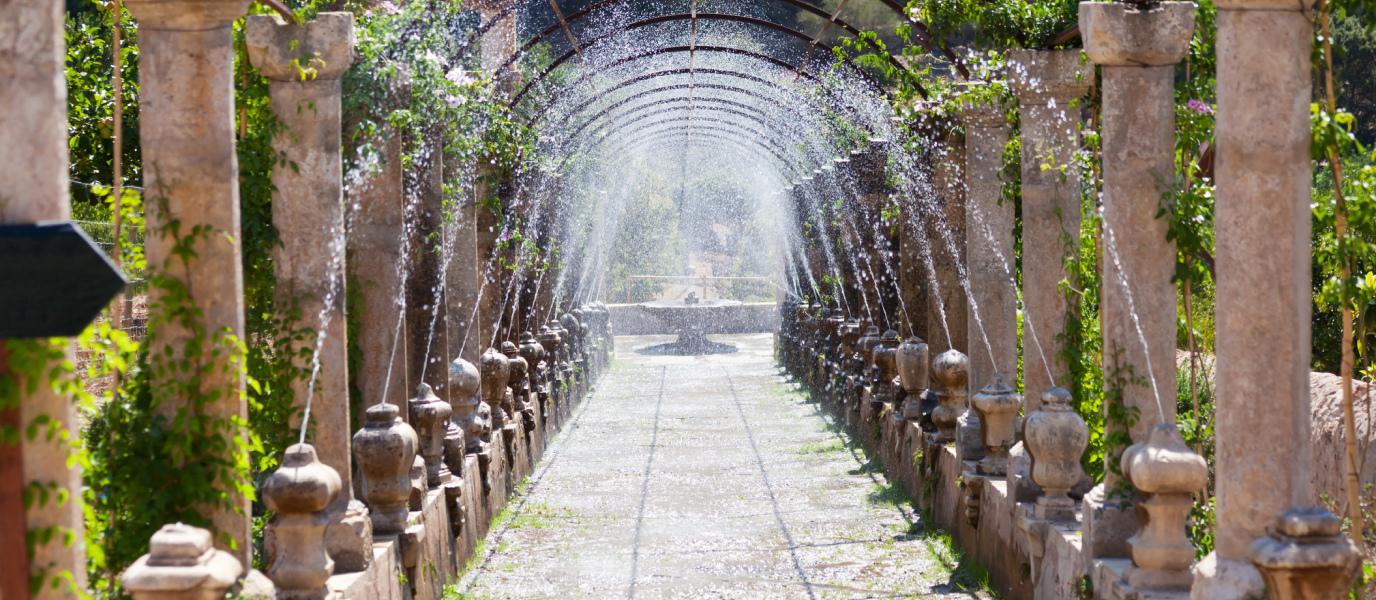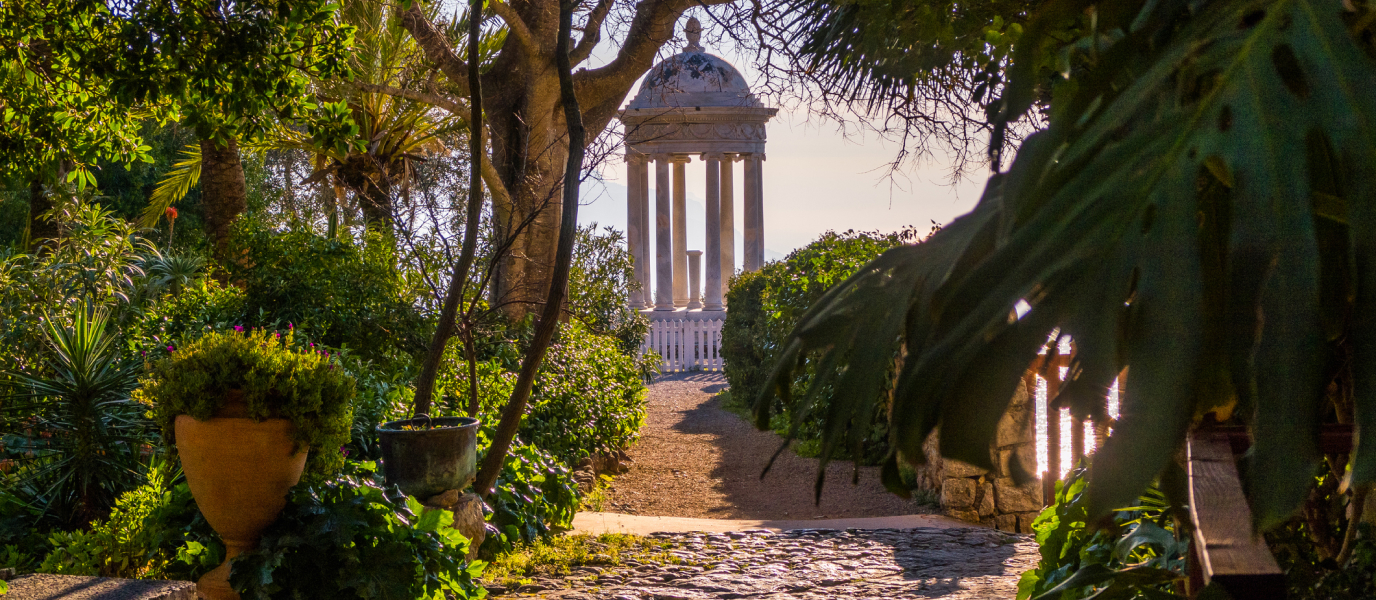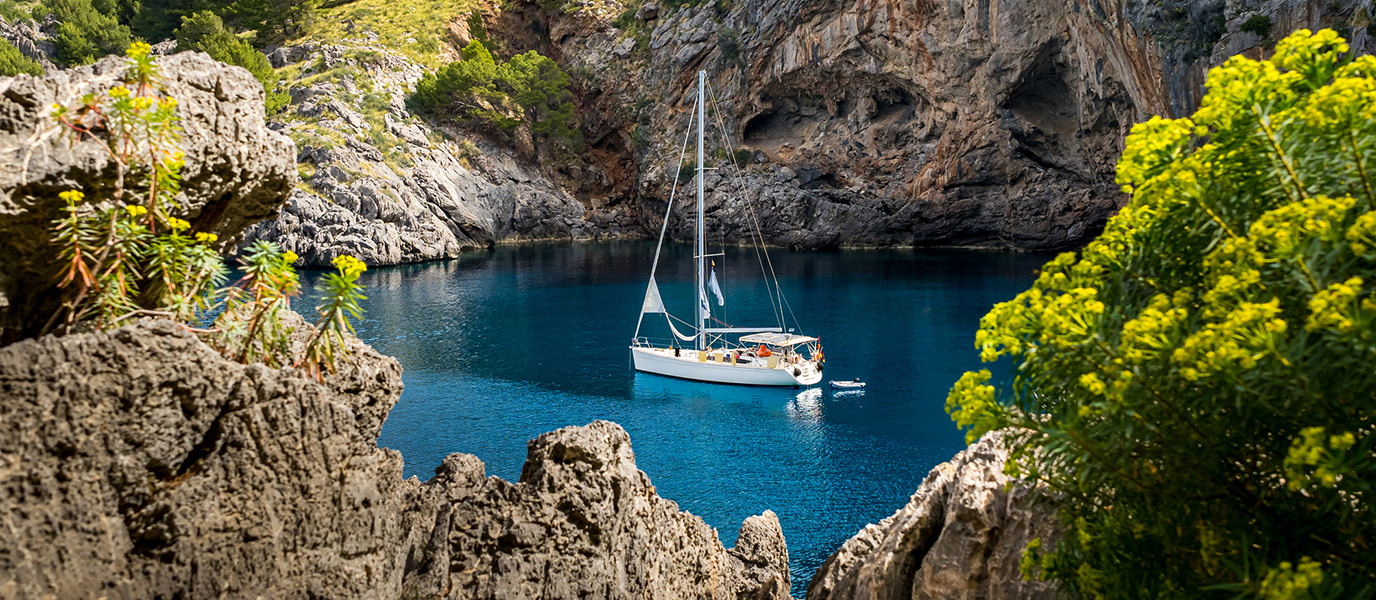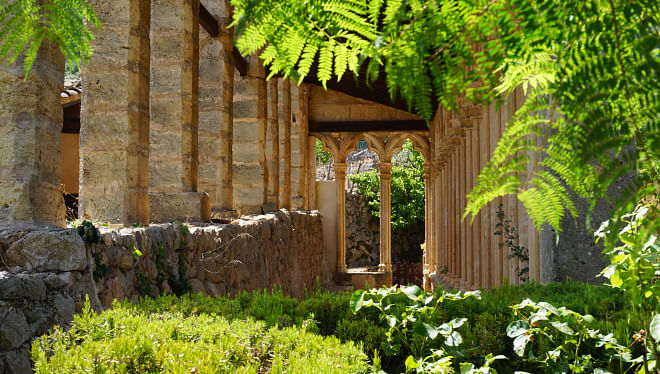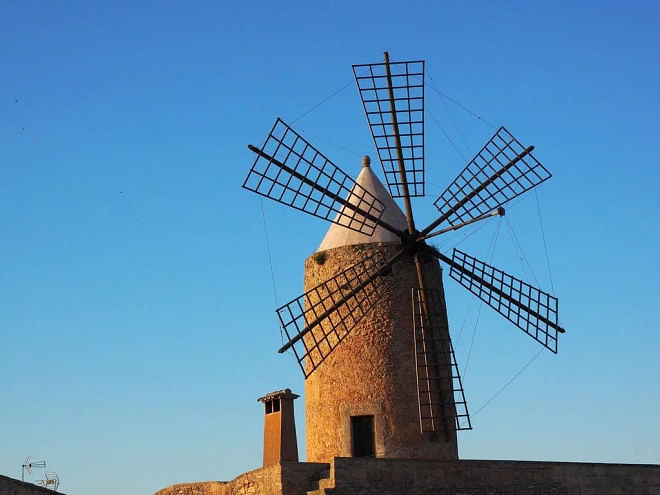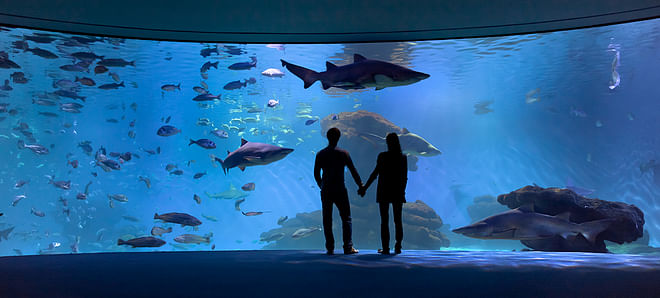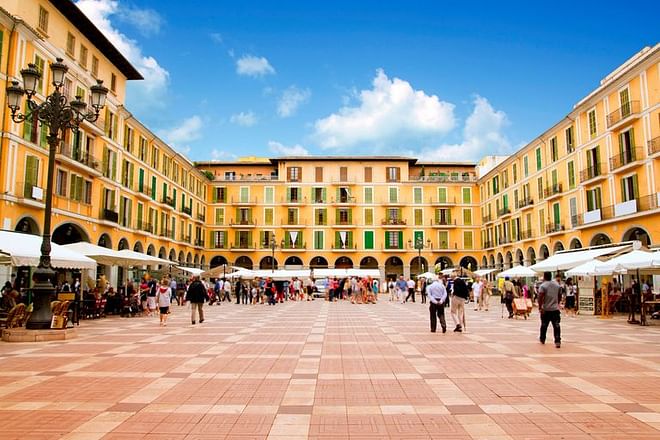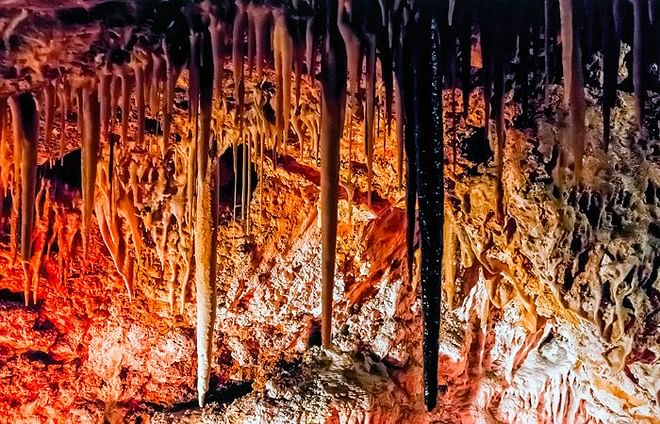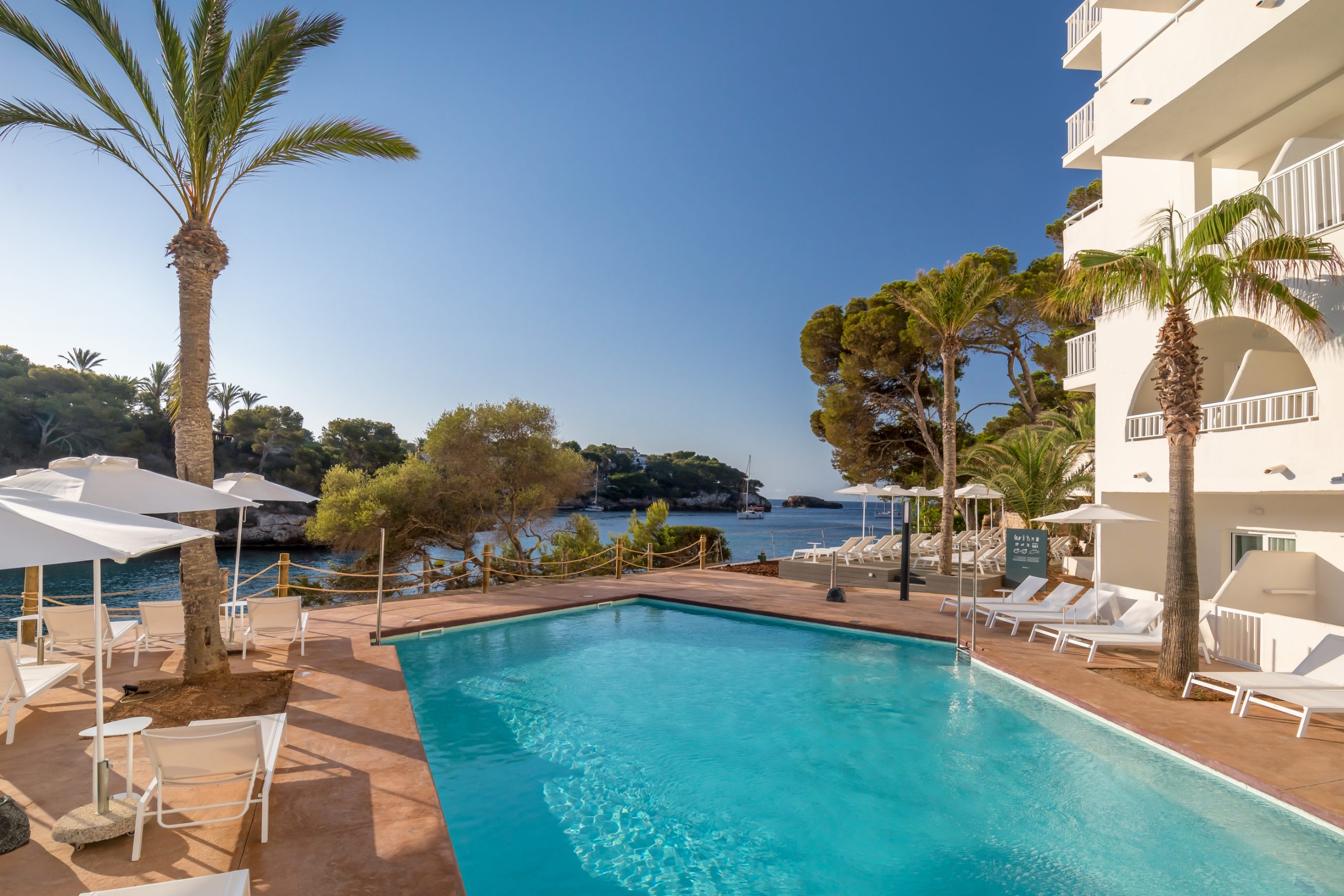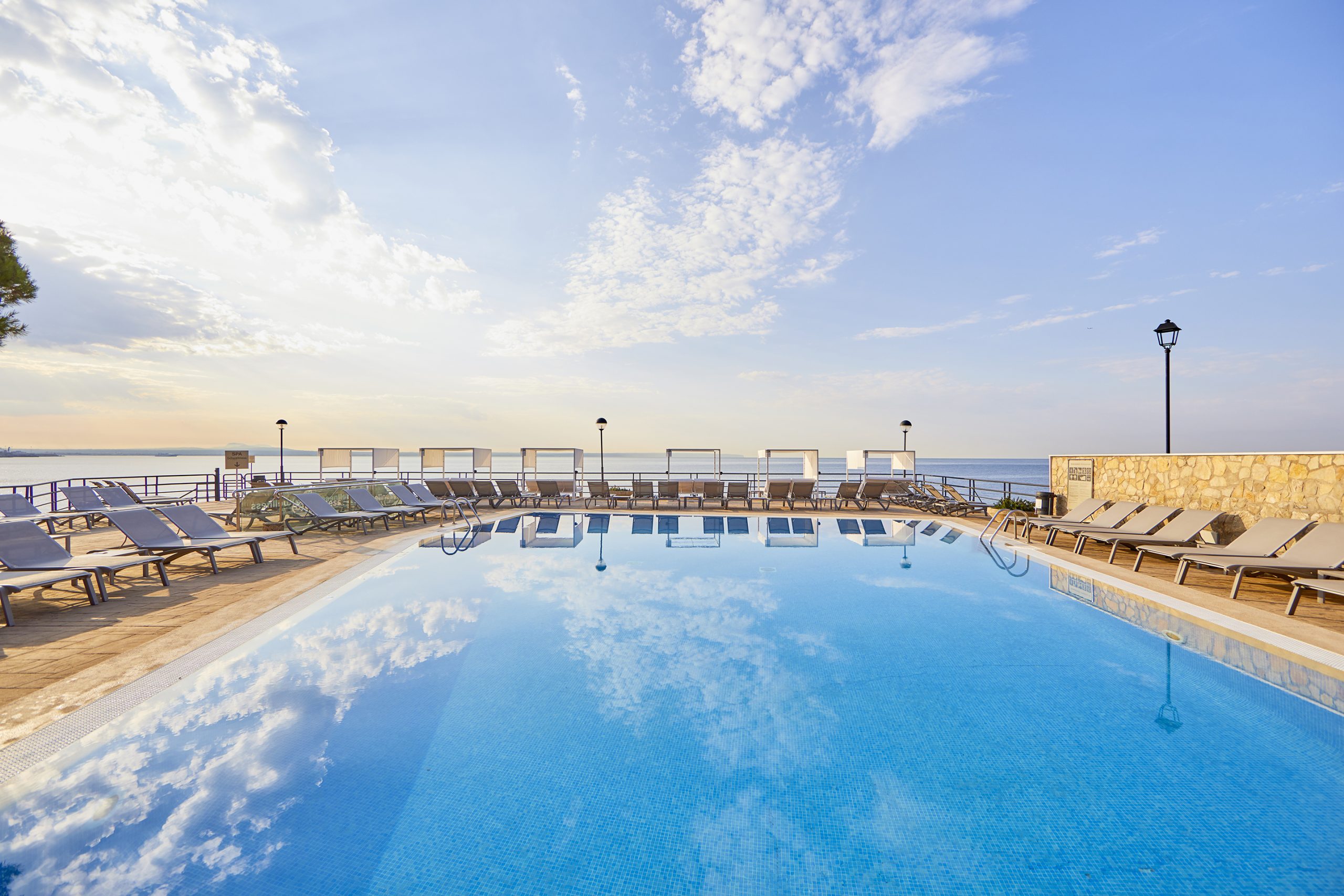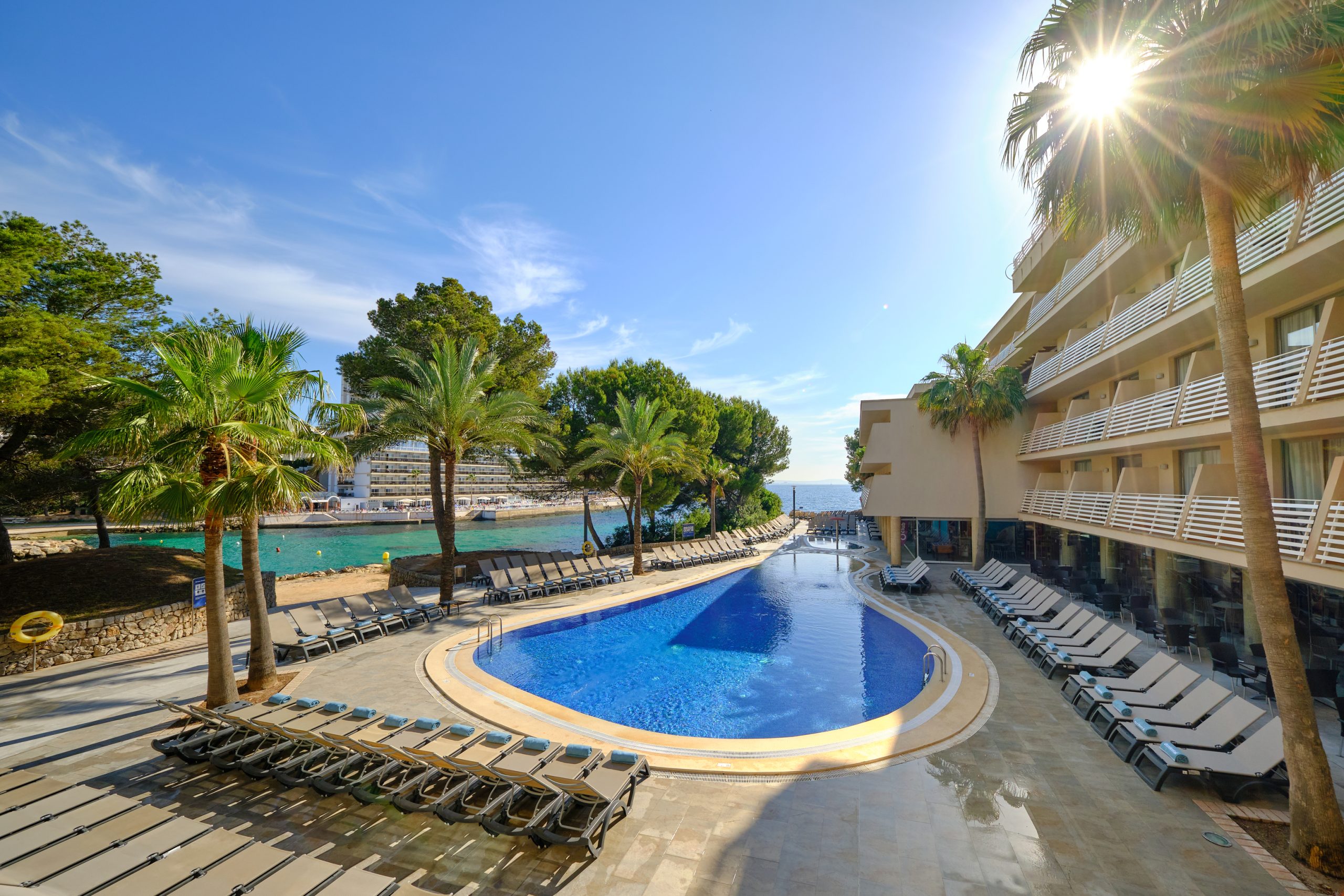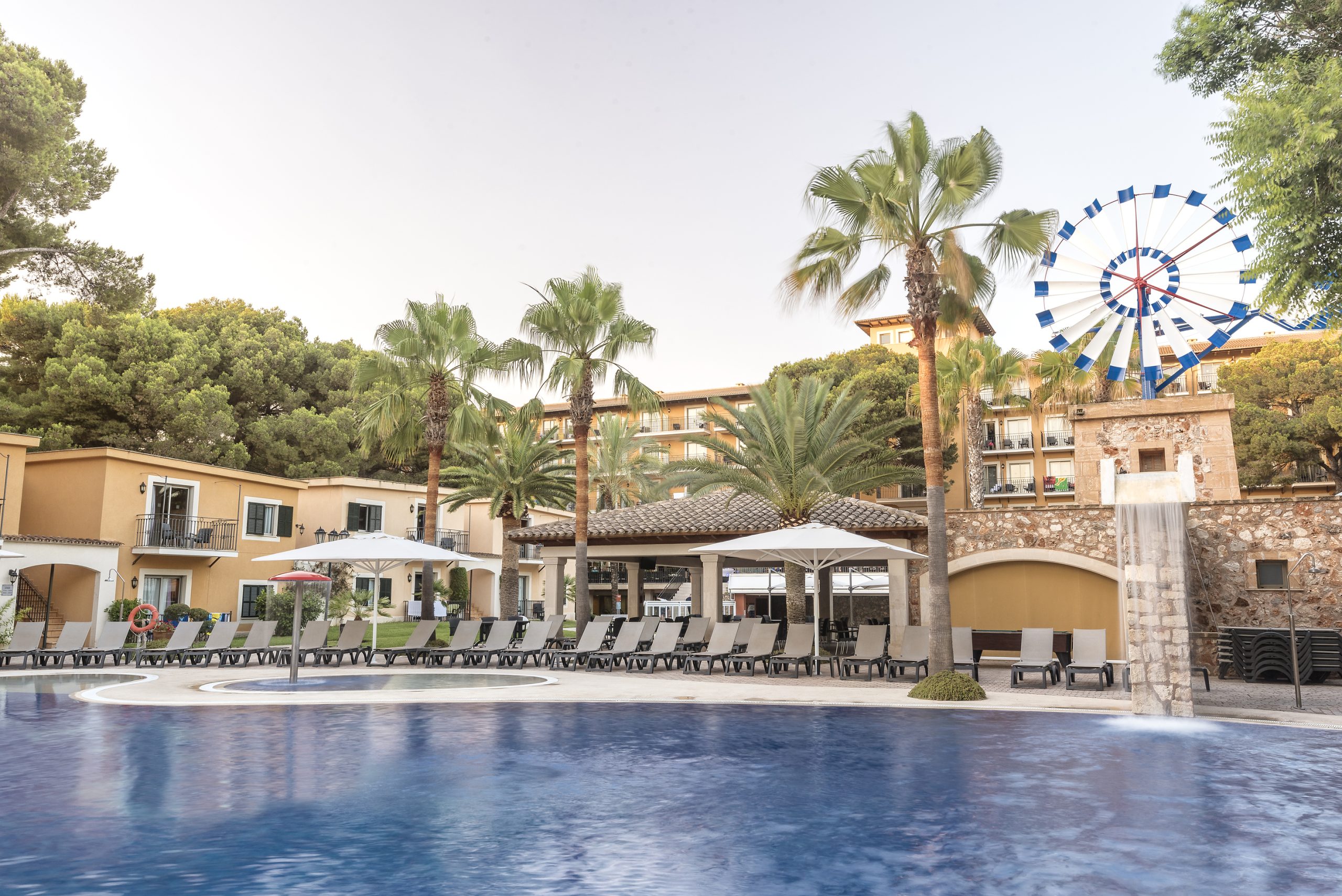The Alfabia gardens, located amidst the beautiful Tramontana mountain range, in the Bunyola municipality, are a majestic enclave that anyone visiting Majorca cannot miss. It is a romantic, baroque and monumental space that with its water features evokes a past of centuries with a distinct Arab touch. It is lined with fountains, stone walls, balustrades, statues, bandstands, cobbled paths, ponds, staircases… An ideal place to stroll and take in the landscape. It invites you to disconnect and find peace and calm.
A visit to the Alfabia gardens is a must because of their uniqueness, their long history, their beauty and because it is one of the oldest spaces in Majorca. They are part of a compound that also includes a stately home and an orchard that dates back to the times of Ben-Abet in the 13th century. It was the time of Arab rule in Spain and today this enclave still stands, as a vestige of the most authentic Majorca. This is why it is considered a Cultural Heritage Site.
Alfabia, ‘clay jar’ in Arabic
It is evident that for the Arabs the location of the gardens was no accident. As well as being flush with water, the Alfabia gardens have fertile soil and plenty of sun. Thus, the plots, the irrigation ditches and the neighbouring orchards had everything they needed to be leafy in a limited area that was given the name Alfabia, which in Arabic means ‘clay jar’.
The sound of the water can still be heard, even today, anywhere in the Alfabia gardens, especially when the influx of visitors is low. We recommend that visitors admire the plots of olive trees, almond trees, lemon trees, pomegranate trees, fig trees, carob trees, holm oaks, etc. The actual gardens begin behind the house with the ‘Jardinet de la Reina’ (Queen’s Garden), which was given this name because it was remodelled for Isabella II’s visit in 1859. Also, in this area of the garden there is a small bar where you can relax and enjoy the environment while having a drink and listening to classical background music.
An oasis of greenery
This is a real oasis of greenery that unfolds around a few ponds and a path surrounded by palm trees, fan palms, Indian horse chestnut trees, cypresses, pines, acacias, cedars, Spanish firs and pomegranate trees with twisted trunks. It is a real botanical garden because it includes species from all over the world and in 1954 it was declared a historical-artistic site.
Upon entering the estate, visitors discover an impressive stone staircase lined with palm trees that leads to the monumental façade of the house, where there is an attached fountain. Above the fountain there is a coat of arms depicting ‘Hercules Invictus’. To the right is the old cistern, also known as the Queen’s Bath, where water for watering the garden is stored.
A 72-column pergola
However, the most spectacular element of the estate is the decorative 72-column pergola and 24 stone fountain sculptures, the water jets of which cross and create water arches. It was designed by the architect Isidro Velázquez in a space of romanticism that creates a pleasantly refreshing feeling, which makes the walk very relaxing for visitors.
The visit does not end with the magnificent Alfabia gardens, because the house and its interior courtyard are also open to visitors. Like the green area, over time the house has undergone several renovations, so it has different styles, from Arabic to Gothic, through Renaissance and Baroque.
A house next to the Alfabia gardens
You can visit the most emblematic rooms of the property, such as the Sala Gran, dominated by the equestrian portrait of the soldier Pedro de Santacilla, admiral of Castile in the 17th century, or the Sala de los Grabados, which exhibits a fourteenth-century oak seat. The Queen’s Room, with a French Rococo stained glass door, is the bedroom in which Queen Isabella II spent a night in 1859. Another striking room is the Dining Room, which has a typical Majorcan print on the walls. There is also the Sala de la Cadira, featuring a large wooden armchair made by hand in Flanders in the 15th century known as ‘the chair of the Moorish king’. And its library, which holds numerous incunabula and printed works from the 16th and 18th centuries.
After visiting the rooms, visitors can enter the courtyard, which is paved and decorated with a central fountain (‘clastra’ in Majorcan). On one side, there is an enormous London plane and in the middle of the courtyard there is a small chapel, stables, a well and an oil mill, as well as staff accommodation and other outbuildings.
Polychrome Mudejar coffered ceiling
Before ending the tour, you must stop at the impressive Mudejar coffered ceiling in the hallway, plagued with polychrome arabesque, which was carved in the 14th century in pine and holm oak wood. In the lower part, you can see the coats of arms of the Arab families that lived in this estate, to which the coats of arms of the Kingdom of Aragon and Catalonia were later added. The frieze reads: ‘Allah is great. Power belongs to Allah. There is no God but Allah’.
The Alfabia estate is currently owned by the Zaforteza family. It is worth visiting because it brings together the history of Majorca in one estate, with elements that go from the time of Arab rule to the present day.
Queen Isabella II in Alfabia
If you do not believe us then ask Antonio Flores, chronicler of Queen Isabella II, who wrote these lines in his book ‘Crónica del viaje de Sus Majestades y Altezas Reales a las Islas Baleares y Aragón’:
‘The entrance to the Alfabia property is sumptuous, but the exit on the opposite side is marvellous. Entering the house, which is of normal dimensions, going through its main rooms, which are adjacent, and looking out onto the gallery that extends around the garden leaves you absorbed and in suspense as you marvel at the most varied and beautiful panorama that the human imagination can dream of. Although the picturesque Alfabia mountains can be seen before reaching the property, it is still surprising that such a beautiful and whimsical landscape is hidden behind that building. It seems that nature and art were created by the same hands. I do not know where the garden ends and the mountain begins, they look one and the same’.

























































